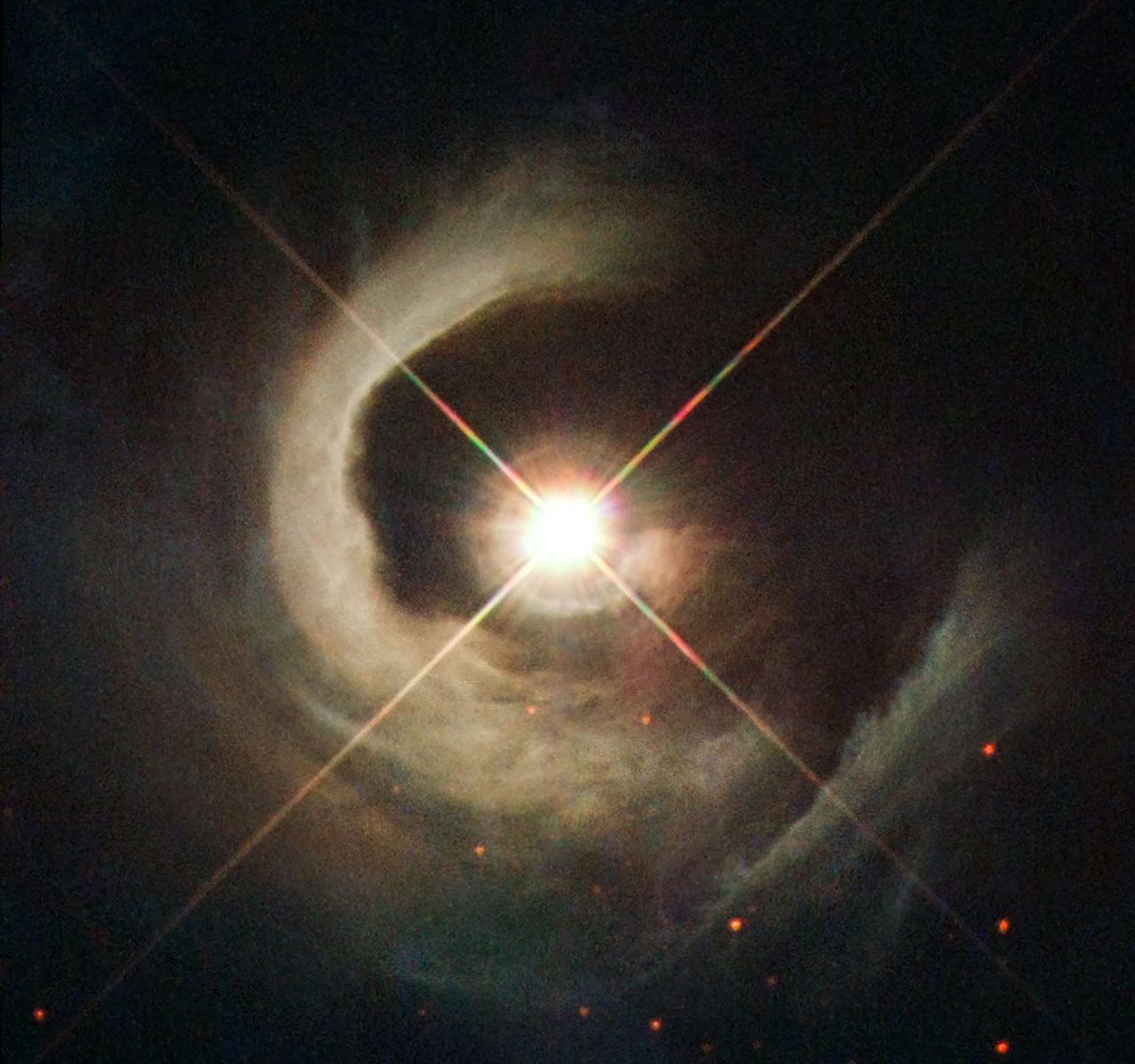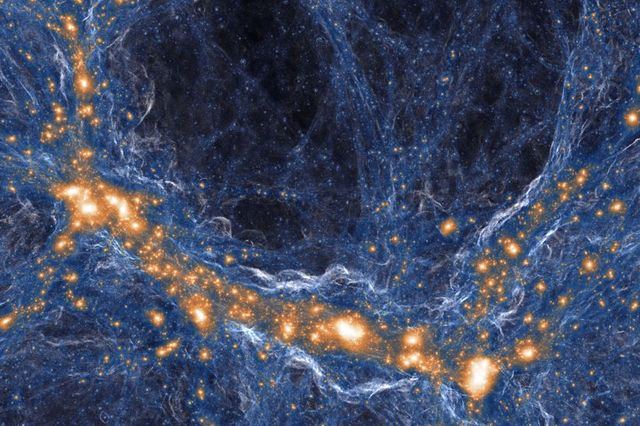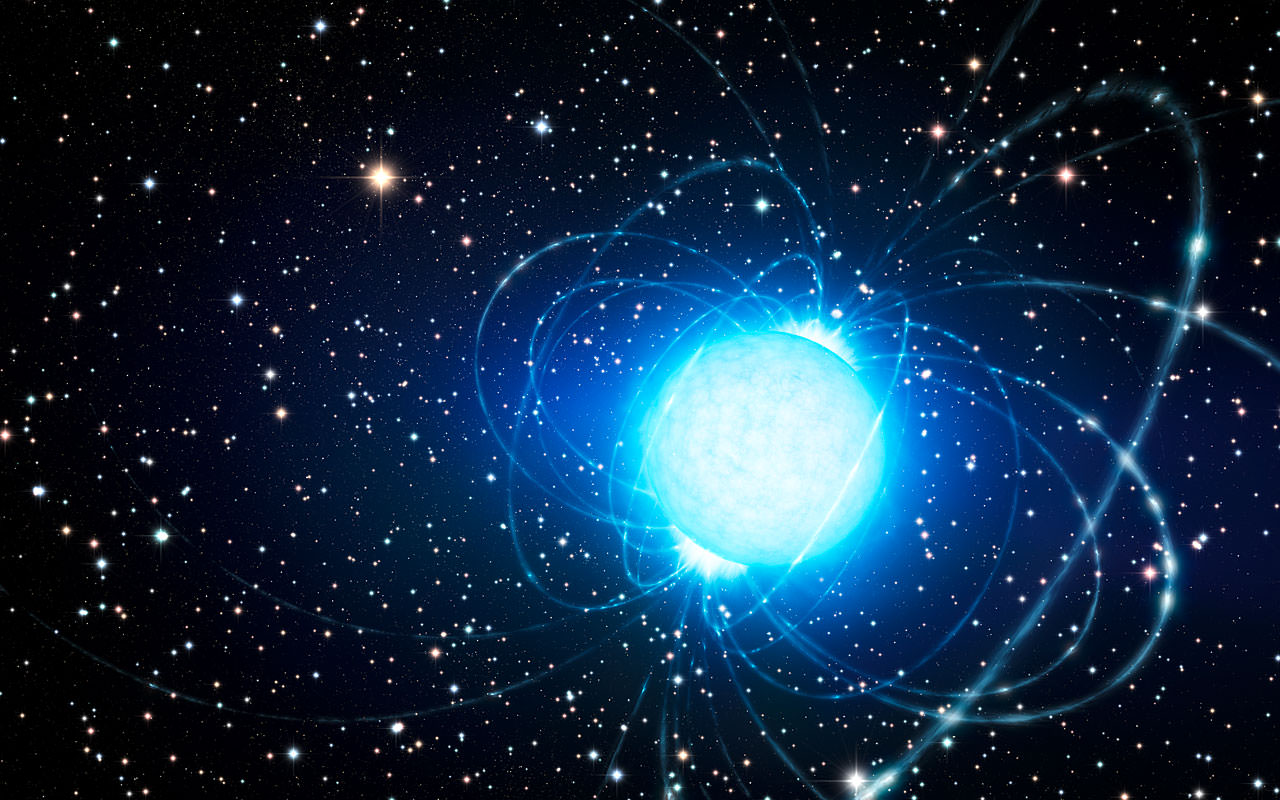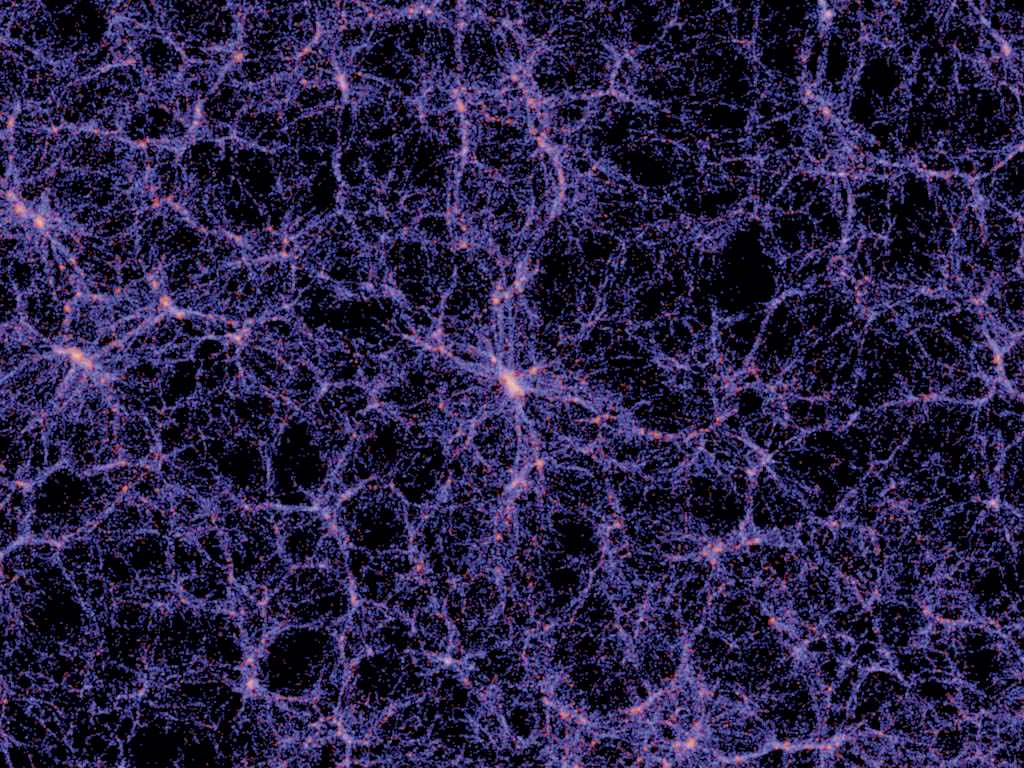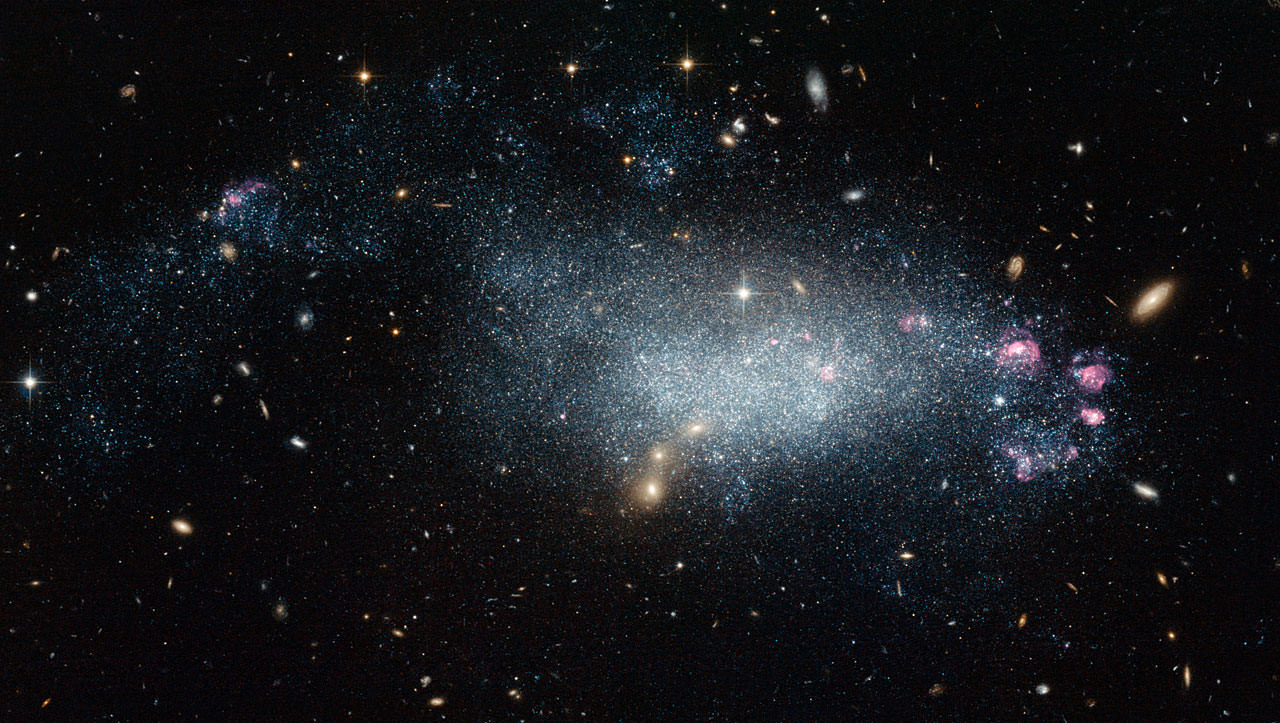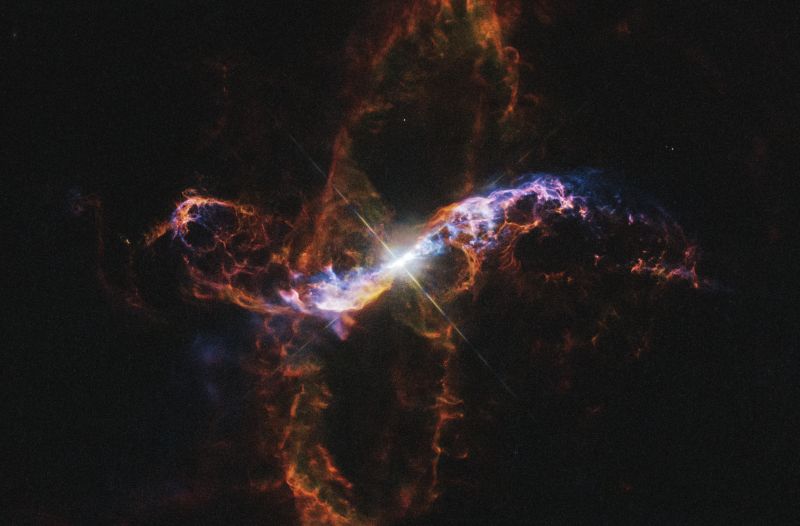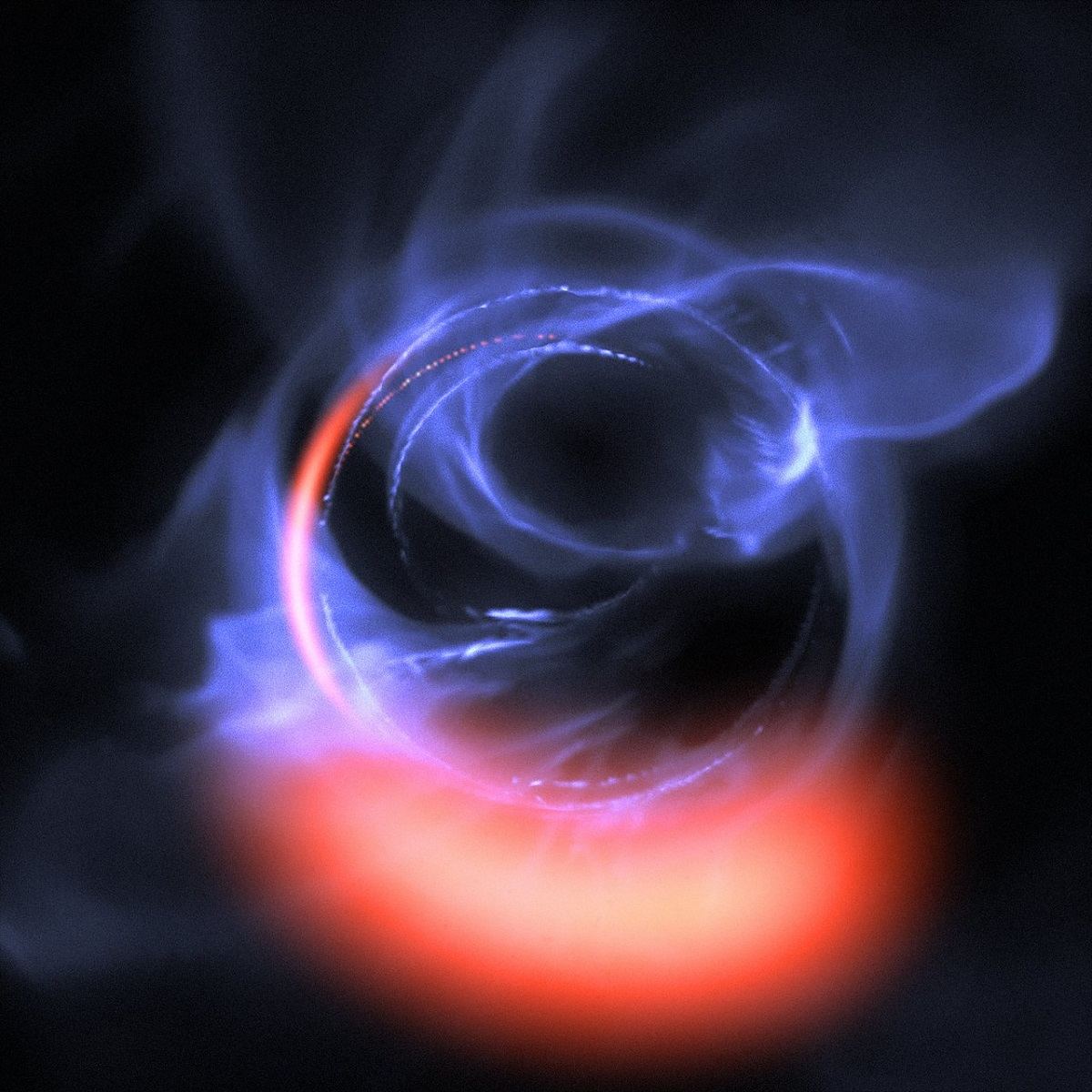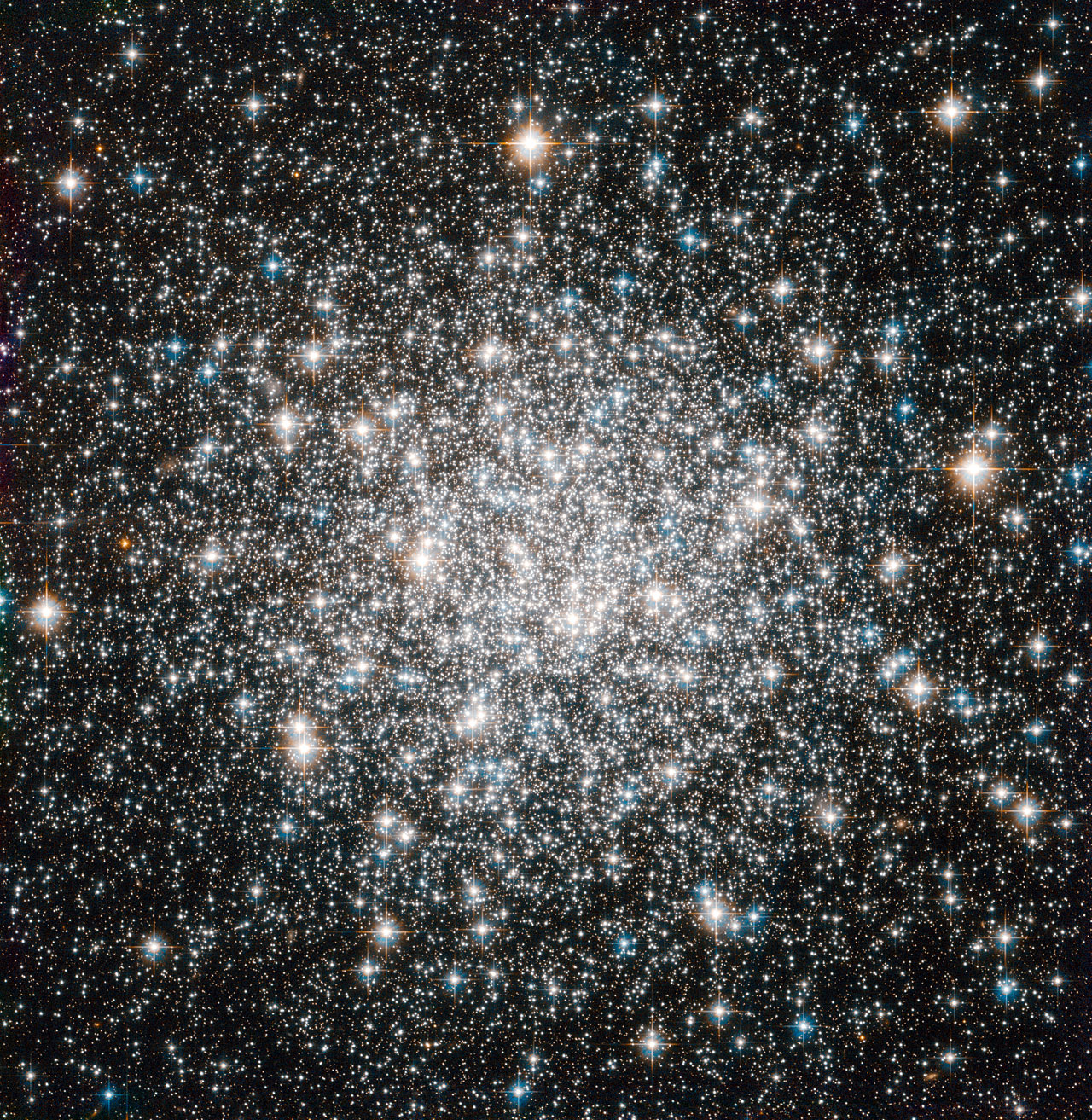When it comes to the first galaxies, the James Webb Space Telescope will attempt to understand the formation of those galaxies and their link to the underlying dark matter. In case you didn’t know, most of the matter in our universe is invisible (a.k.a. “dark”), but its gravity binds everything together, including galaxies. So by studying galaxies – and especially their formation – we can get some hints as to how dark matter works. At least, that’s the hope. It turns out that astronomy is a little bit more complicated than that, and one of the major things we have to deal with when studying these distant galaxies is dust. A lot of dust.
That’s right: good old-fashioned dust. And thanks to some fancy simulations, we’re beginning to clear up the picture.
Continue reading “What Will the James Webb Space Telescope See? A Whole Bunch of Dust, That’s What”
